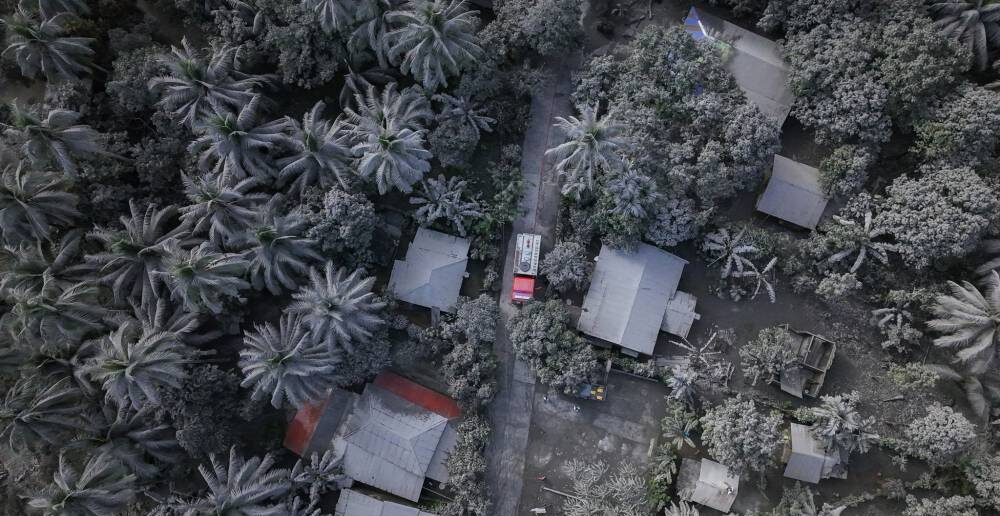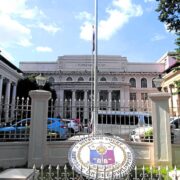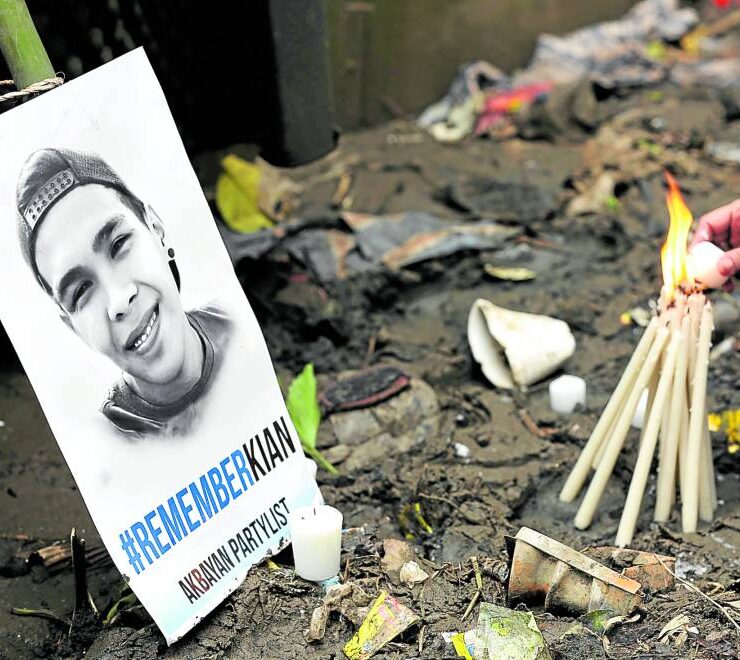Heavy ashfall affects thousands in Sorsogon as Bulusan erupts

JUBAN, SORSOGON—At least 70,000 residents in several towns in Sorsogon province were affected, with at least 100 needed to be evacuated, after Mt. Bulusan erupted on Monday and rained ash on localities at its foot, prompting authorities to raise alert level 1 over the volcano.
The Philippine Institute of Volcanology and Seismology (Phivolcs) said Mt. Bulusan experienced a phreatic eruption early Monday morning, lasting approximately 24 minutes and producing an ash plume reaching up to 4.5 kilometers high, drifting towards the west-southwest.
Following the eruption, Phivolcs raised the volcano’s status from alert level 0 (normal) to alert level 1 (low-level unrest), warning of the possibility of further phreatic eruptions.
The public was advised to strictly avoid the 4-kilometer permanent danger zone (PDZ) and to remain vigilant within the 2-kilometer extended danger zone southeast of the volcano.
Some 70,000 residents in the towns of Irosin, Juban and Magallanes had to deal with heavy to moderate ashfall, local authorities said.
Heavy ashfall was reported in Barangays Puting Sapa and Buraburan in Juban town while moderate ashfall affected Barangay Guruyan and other neighboring areas.
In Irosin town, ashfall also reached the barangays of Cogon and Bolos. Ashfall was also reported in Barangay Tulatula Sur, Magallanes.
A total of 118 individuals were evacuated from the affected communities, including residents from Cogon in Irosin and Puting Sapa in Juban, who were now temporarily housed in designated evacuation centers.
The Juban Municipal Disaster Risk Reduction and Management Office (MDRRMO) confirmed that Puting Sapa and Buraburan were among the most heavily impacted areas.
Disaster response personnel have been deployed in these areas to assist affected residents, according to Juban’s DMDRRMO head Arvee Lodronio.
Rumbling sound
According to Phivolcs, a pyroclastic density current (PDC) —a mixture of fragmented volcanic particles, hot gases and ash—rushed down the southwestern slopes of Mt. Bulusan and traveled 3 km from the summit vent after the eruption.
Approximately 15 minutes before the eruption, which began at 4:36 a.m. and lasted for 24 minutes until 5 a.m., local government officials reportedly heard “rumbling sounds” coming from the volcano, Phivolcs said.
The state monitoring agency also said it recorded 53 volcanic earthquakes over a 24-hour period on Sunday, a day before the eruption.
But raising the volcano’s alert level to 1 “means that the volcano is currently in a state of low-level unrest with chances of phreatic eruptions succeeding this morning’s event,” Phivolcs said.
Precaution
Local government units, as well as the public, were reminded that entry to the 4-km-radius PDZ should be strictly prohibited while vigilance has to be exercised within the 2-km extended danger zone due to the possible impacts of volcanic hazards.
These hazards include PDCs, ballistic projectiles, rockfalls, avalanches and ashfall.
Communities experiencing ashfall were advised to take all necessary precautions and use protective masks or a wet cloth to prevent ash inhalation.
Phivolcs also told civil aviation authorities to advise pilots against flying close to the summit of Mt. Bulusan as the ash from sudden phreatic eruptions could pose a danger to the aircraft.
Those living within valleys and along rivers or streams, especially on the southeast, southwest and northwest sectors of the volcano’s edifice, were also urged to remain vigilant against sediment-laden stream flows and lahars during heavy rainfall should another eruption occur.





















